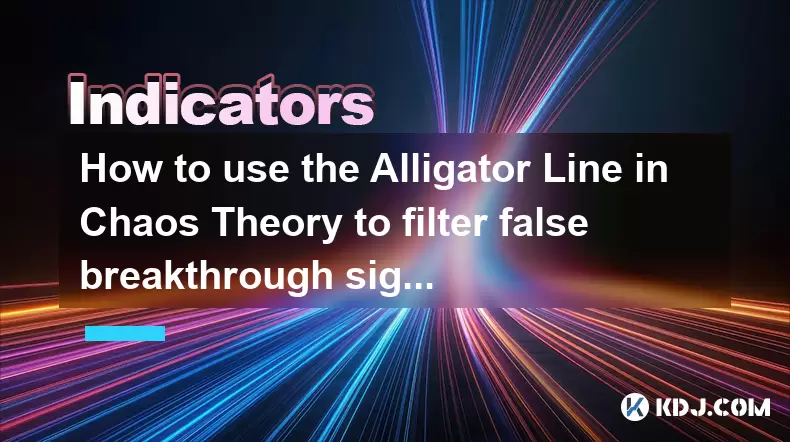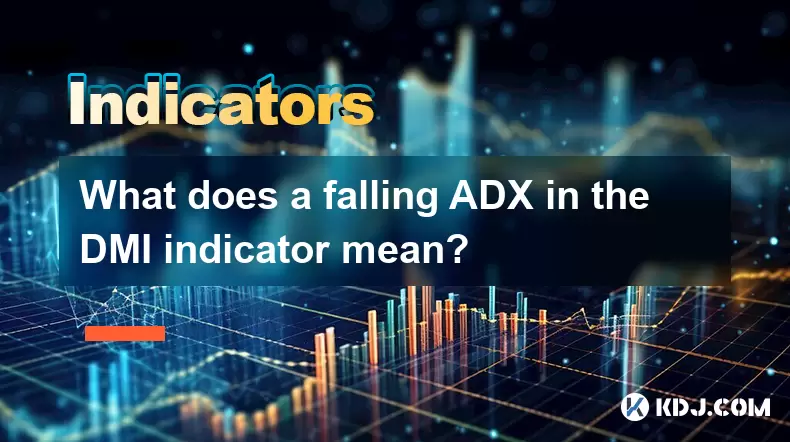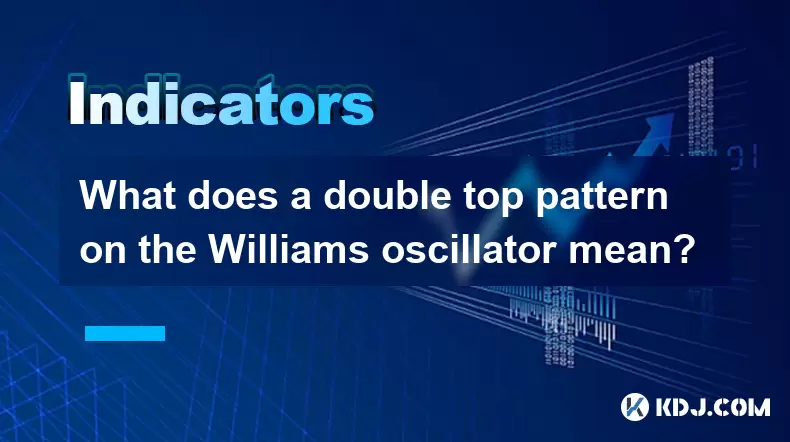-
 Bitcoin
Bitcoin $116700
0.24% -
 Ethereum
Ethereum $3973
4.34% -
 XRP
XRP $3.283
7.68% -
 Tether USDt
Tether USDt $1.000
0.01% -
 BNB
BNB $789.8
2.27% -
 Solana
Solana $176.2
3.31% -
 USDC
USDC $0.9999
0.00% -
 Dogecoin
Dogecoin $0.2238
5.14% -
 TRON
TRON $0.3389
-0.51% -
 Cardano
Cardano $0.7907
4.03% -
 Stellar
Stellar $0.4527
10.02% -
 Hyperliquid
Hyperliquid $41.07
4.27% -
 Sui
Sui $3.794
1.77% -
 Chainlink
Chainlink $19.49
10.40% -
 Bitcoin Cash
Bitcoin Cash $580.9
0.74% -
 Hedera
Hedera $0.2617
4.32% -
 Avalanche
Avalanche $23.41
3.67% -
 Ethena USDe
Ethena USDe $1.001
-0.03% -
 Litecoin
Litecoin $122.4
1.38% -
 Toncoin
Toncoin $3.364
1.49% -
 UNUS SED LEO
UNUS SED LEO $8.988
0.37% -
 Shiba Inu
Shiba Inu $0.00001295
2.82% -
 Uniswap
Uniswap $10.62
5.75% -
 Polkadot
Polkadot $3.922
4.46% -
 Dai
Dai $1.000
0.01% -
 Bitget Token
Bitget Token $4.494
2.15% -
 Monero
Monero $268.0
-1.30% -
 Cronos
Cronos $0.1523
3.68% -
 Pepe
Pepe $0.00001127
4.43% -
 Aave
Aave $285.4
4.85%
How to use the Alligator Line in Chaos Theory to filter false breakthrough signals?
The Alligator Line, part of Bill Williams' Chaos Theory, helps crypto traders filter false breakthrough signals by analyzing trend direction and strength with three moving averages.
Jun 01, 2025 at 12:56 pm

The Alligator Line, a technical indicator developed by Bill Williams as part of his Chaos Theory, is a powerful tool used by traders to filter out false breakthrough signals in the cryptocurrency market. By understanding and applying the Alligator Line effectively, traders can enhance their decision-making process and improve their trading outcomes. This article will delve into the intricacies of the Alligator Line, its components, and how to use it to filter false breakthrough signals in the dynamic world of cryptocurrency trading.
Understanding the Alligator Line
The Alligator Line consists of three moving averages, each representing different time frames and designed to help traders identify the trend's direction and strength. The three lines are known as the Jaw, Teeth, and Lips of the Alligator:
- Jaw: A 13-period smoothed moving average, shifted forward by 8 periods.
- Teeth: An 8-period smoothed moving average, shifted forward by 5 periods.
- Lips: A 5-period smoothed moving average, shifted forward by 3 periods.
These lines are plotted on a price chart, and their interactions provide insights into market trends and potential breakouts. When the lines are intertwined and close together, the Alligator is said to be "sleeping," indicating a period of consolidation or low volatility. Conversely, when the lines are spread apart, the Alligator is "awake," signaling a strong trend.
Identifying Breakthrough Signals
Breakthrough signals in the cryptocurrency market occur when the price moves beyond a previously established support or resistance level. These signals can be genuine indicators of a new trend or false signals that lead to a price reversal. To filter out false breakthrough signals using the Alligator Line, traders need to focus on the following key aspects:
- Trend Confirmation: A genuine breakthrough should be accompanied by a clear trend direction indicated by the Alligator Line. If the price breaks through a level but the Alligator Lines remain intertwined, it may be a false signal.
- Price and Alligator Line Interaction: The price should move in the direction of the Alligator's open mouth. If the price breaks through but moves against the direction of the Alligator's open mouth, it could be a false signal.
- Volume Confirmation: High trading volume accompanying a breakthrough can validate the signal. If the volume is low during a breakthrough, it may indicate a false signal.
Applying the Alligator Line to Filter False Breakthroughs
To effectively use the Alligator Line to filter false breakthrough signals, traders should follow these detailed steps:
- Identify the Alligator's State: Start by observing whether the Alligator is sleeping or awake. A sleeping Alligator indicates a potential consolidation phase, where false breakouts are more likely.
- Monitor Breakthroughs: When a breakthrough occurs, check if it aligns with the Alligator's open mouth. If the price breaks above resistance but the Alligator's mouth is facing downward, it could be a false signal.
- Confirm with Volume: Look at the trading volume during the breakthrough. A genuine breakthrough should be accompanied by high volume, reinforcing the signal's validity.
- Wait for Confirmation: After a breakthrough, wait for the price to move further in the direction of the Alligator's open mouth. If the price fails to do so and reverts back within the previous range, it was likely a false signal.
Practical Example of Filtering False Breakthroughs
To illustrate how the Alligator Line can be used to filter false breakthrough signals, consider the following example:
- Scenario: Bitcoin (BTC) is trading within a range between $30,000 and $32,000. The Alligator Lines are intertwined, indicating a sleeping Alligator.
- Breakthrough: The price of BTC breaks above $32,000, but the Alligator Lines remain close together, and the volume during the breakthrough is low.
- Analysis: Given the sleeping Alligator and low volume, this breakthrough is likely a false signal. Traders should wait for further confirmation before acting on this signal.
- Confirmation: If the price continues to rise and the Alligator Lines start to spread apart, indicating an awake Alligator, the breakthrough can be considered genuine. Conversely, if the price reverts back below $32,000, the initial breakthrough was indeed false.
Integrating the Alligator Line with Other Indicators
While the Alligator Line is a powerful tool on its own, integrating it with other technical indicators can further enhance its effectiveness in filtering false breakthrough signals. Some complementary indicators include:
- Relative Strength Index (RSI): The RSI can help confirm the strength of a breakthrough. A high RSI value during a breakthrough can indicate overbought conditions, suggesting a potential false signal.
- Moving Average Convergence Divergence (MACD): The MACD can provide additional trend confirmation. If the MACD line crosses above the signal line during a breakthrough, it can validate the signal's strength.
- Bollinger Bands: Bollinger Bands can help identify volatility and potential false breakouts. If a breakthrough occurs but the price remains within the Bollinger Bands, it may be a false signal.
Using the Alligator Line in Different Time Frames
The Alligator Line can be applied to various time frames, from short-term intraday charts to longer-term weekly or monthly charts. Traders should consider the following when using the Alligator Line across different time frames:
- Short-Term Charts: On shorter time frames, such as 15-minute or 1-hour charts, the Alligator Line can help identify quick trading opportunities and filter out short-term false breakouts. However, these signals may be more susceptible to market noise.
- Long-Term Charts: On longer time frames, such as daily or weekly charts, the Alligator Line can provide more reliable signals for trend following and filtering out false breakouts over extended periods. These signals are less affected by short-term market fluctuations.
FAQs
Q1: Can the Alligator Line be used for all types of cryptocurrencies?
Yes, the Alligator Line can be applied to all types of cryptocurrencies, as it is a versatile technical indicator that focuses on price action and trend identification. Whether trading Bitcoin, Ethereum, or altcoins, the Alligator Line can help filter false breakthrough signals and enhance trading decisions.
Q2: How does the Alligator Line perform during periods of high market volatility?
During periods of high market volatility, the Alligator Line can be particularly useful in distinguishing between genuine trends and false breakouts. When the Alligator is awake and its lines are widely spread apart, it indicates a strong trend, which can help traders navigate volatile markets more effectively.
Q3: Are there any specific settings for the Alligator Line that work best for cryptocurrency trading?
While the default settings for the Alligator Line (13, 8, and 5 periods for the Jaw, Teeth, and Lips, respectively) are widely used, traders can experiment with different settings based on their trading style and the specific cryptocurrency they are trading. Some traders may find that adjusting the periods slightly can better suit their needs, especially in highly volatile markets.
Q4: How can the Alligator Line be used in conjunction with fundamental analysis in cryptocurrency trading?
While the Alligator Line is primarily a technical indicator, it can be used alongside fundamental analysis to enhance trading decisions. For instance, if a cryptocurrency has strong fundamentals and the Alligator Line indicates a genuine breakthrough, it can provide a more robust signal for entering a trade. Conversely, if the fundamentals are weak and the Alligator Line suggests a false breakout, traders may choose to avoid the trade.
Disclaimer:info@kdj.com
The information provided is not trading advice. kdj.com does not assume any responsibility for any investments made based on the information provided in this article. Cryptocurrencies are highly volatile and it is highly recommended that you invest with caution after thorough research!
If you believe that the content used on this website infringes your copyright, please contact us immediately (info@kdj.com) and we will delete it promptly.
- Roman Storm, Funding Effort, and the Looming Defense Retrial: A New York Minute on the Tornado Cash Case
- 2025-08-09 02:50:14
- Crypto's Wild Ride: XRP, Dogecoin, and the Altcoin Surge You Can't Ignore
- 2025-08-09 02:50:14
- Elon Musk, Bitcoin, and the Enduring Power of Approval: A Crypto Love Story?
- 2025-08-09 03:50:15
- Ruvi AI: The Next Big Thing After Ripple on CoinMarketCap?
- 2025-08-09 03:50:15
- Floki Price Surges: Elliott Wave and Fibonacci Setups Point to Potential Gains!
- 2025-08-09 02:30:16
- Pepe Price, RTX (Remittix?) & the $10K ETH Dream: NYC Crypto Chatter
- 2025-08-09 02:30:16
Related knowledge

What does it mean when the TRIX indicator suddenly diverges downward after a long period of convergence?
Aug 09,2025 at 12:56am
Understanding the TRIX Indicator in Cryptocurrency TradingThe TRIX indicator, or Triple Exponential Average, is a momentum oscillator used in technica...

Why is the rise limited after a MACD bottoming divergence?
Aug 09,2025 at 12:07am
Understanding MACD Bottoming Divergence in Cryptocurrency TradingThe MACD (Moving Average Convergence Divergence) is a widely used technical indicator...

What does it mean when the OBV continues to rise but the price is trading sideways?
Aug 08,2025 at 10:35pm
Understanding On-Balance Volume (OBV)On-Balance Volume (OBV) is a technical indicator that uses volume flow to predict changes in stock or cryptocurre...

What does a falling ADX in the DMI indicator mean?
Aug 09,2025 at 03:16am
Understanding the ADX and DMI Indicator FrameworkThe DMI (Directional Movement Index) is a technical analysis tool developed by J. Welles Wilder to id...

What does a double top pattern on the Williams oscillator mean?
Aug 09,2025 at 02:36am
Understanding the Williams %R OscillatorThe Williams %R oscillator is a momentum indicator developed by Larry Williams to identify overbought and over...

What is a nonce and how is it used in Proof of Work?
Aug 04,2025 at 11:50pm
Understanding the Concept of a Nonce in CryptographyA nonce is a number used only once in cryptographic communication. The term 'nonce' is derived fro...

What does it mean when the TRIX indicator suddenly diverges downward after a long period of convergence?
Aug 09,2025 at 12:56am
Understanding the TRIX Indicator in Cryptocurrency TradingThe TRIX indicator, or Triple Exponential Average, is a momentum oscillator used in technica...

Why is the rise limited after a MACD bottoming divergence?
Aug 09,2025 at 12:07am
Understanding MACD Bottoming Divergence in Cryptocurrency TradingThe MACD (Moving Average Convergence Divergence) is a widely used technical indicator...

What does it mean when the OBV continues to rise but the price is trading sideways?
Aug 08,2025 at 10:35pm
Understanding On-Balance Volume (OBV)On-Balance Volume (OBV) is a technical indicator that uses volume flow to predict changes in stock or cryptocurre...

What does a falling ADX in the DMI indicator mean?
Aug 09,2025 at 03:16am
Understanding the ADX and DMI Indicator FrameworkThe DMI (Directional Movement Index) is a technical analysis tool developed by J. Welles Wilder to id...

What does a double top pattern on the Williams oscillator mean?
Aug 09,2025 at 02:36am
Understanding the Williams %R OscillatorThe Williams %R oscillator is a momentum indicator developed by Larry Williams to identify overbought and over...

What is a nonce and how is it used in Proof of Work?
Aug 04,2025 at 11:50pm
Understanding the Concept of a Nonce in CryptographyA nonce is a number used only once in cryptographic communication. The term 'nonce' is derived fro...
See all articles

























































































